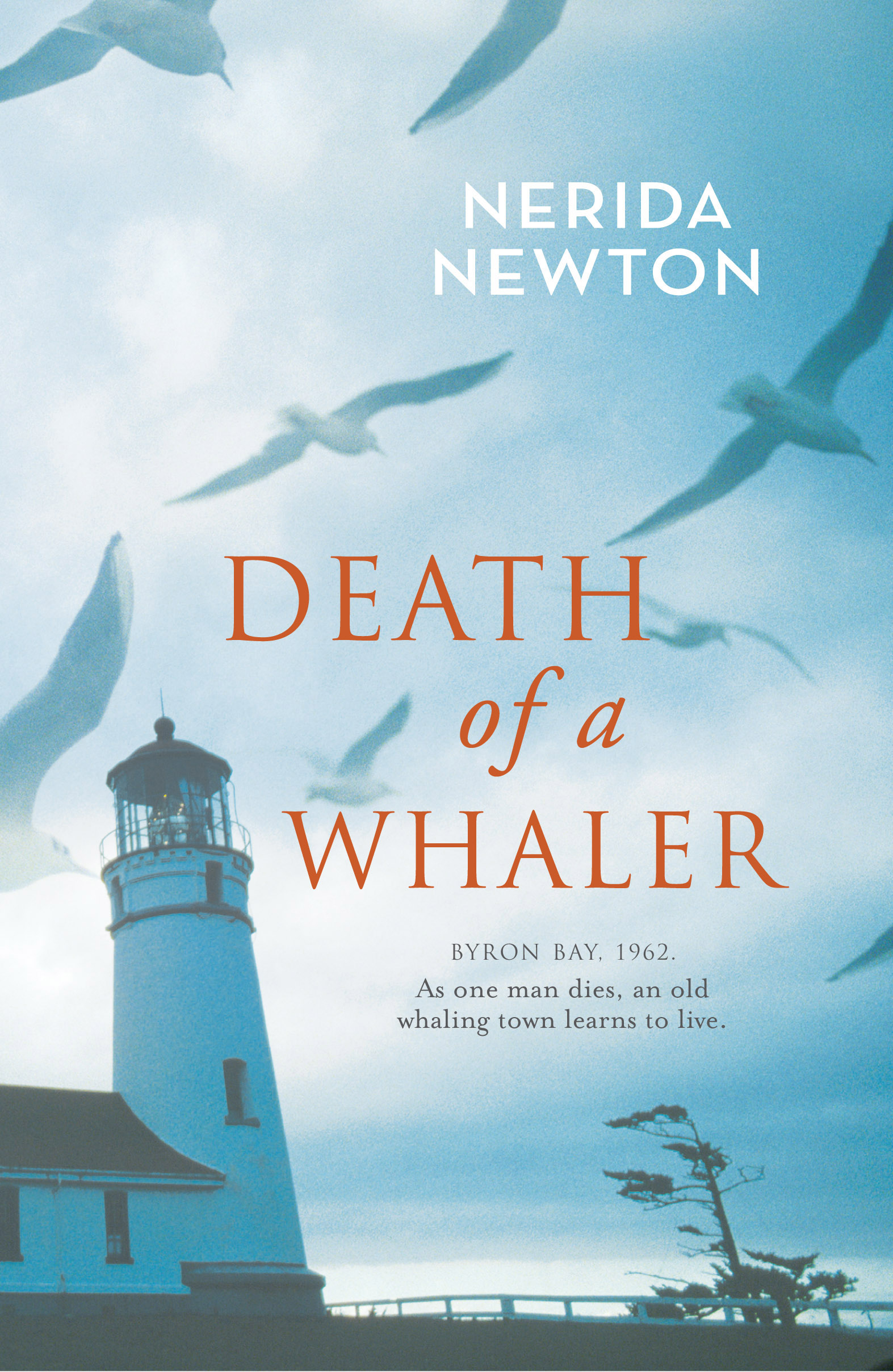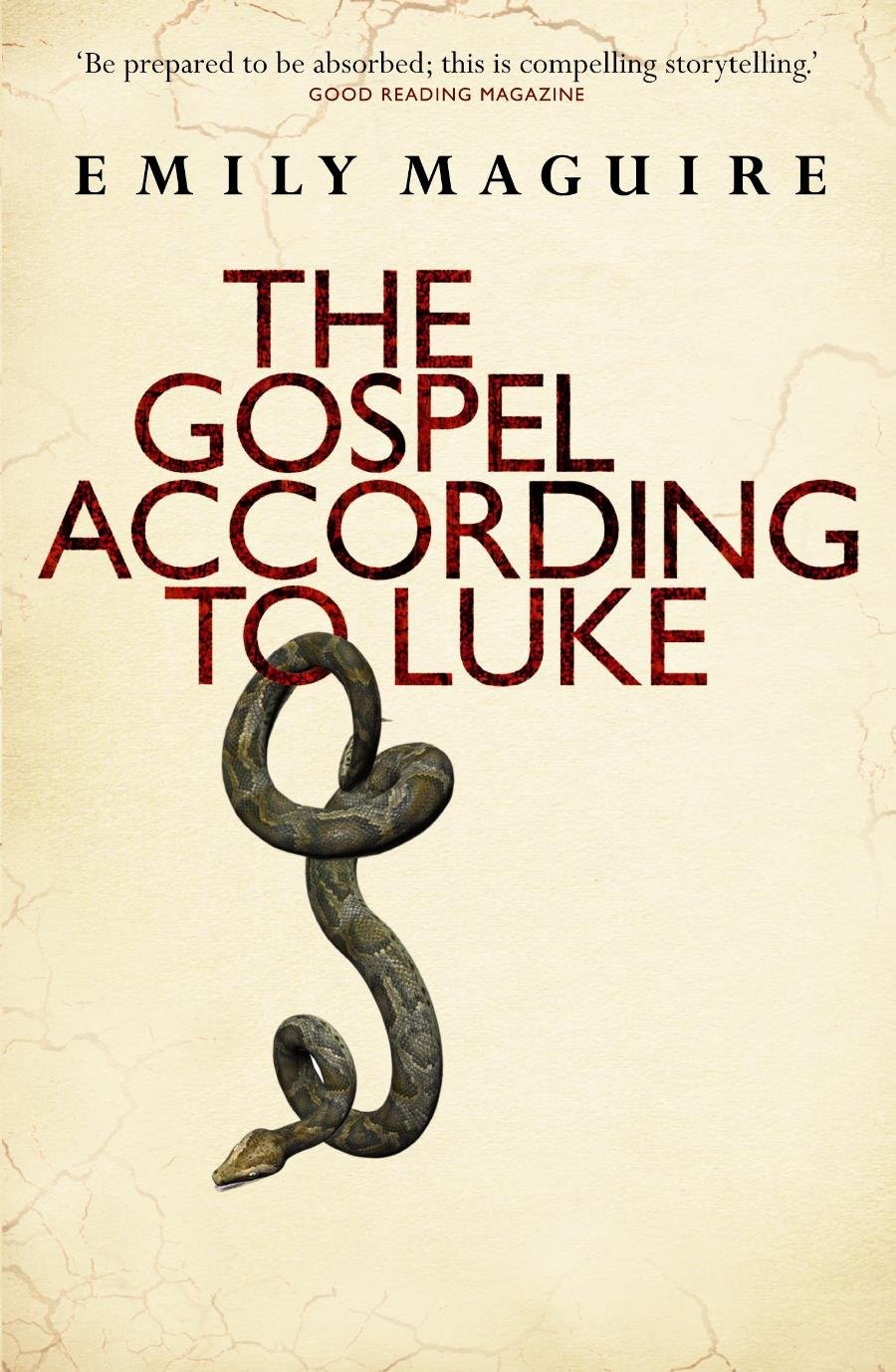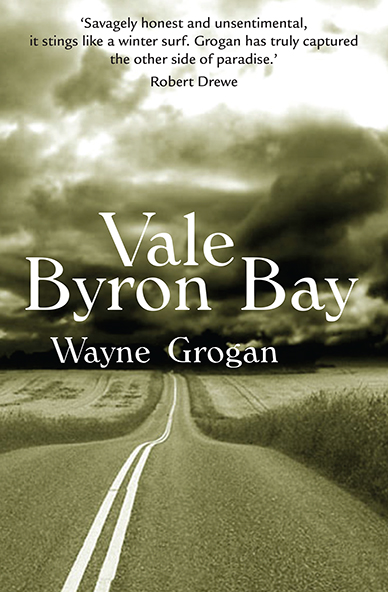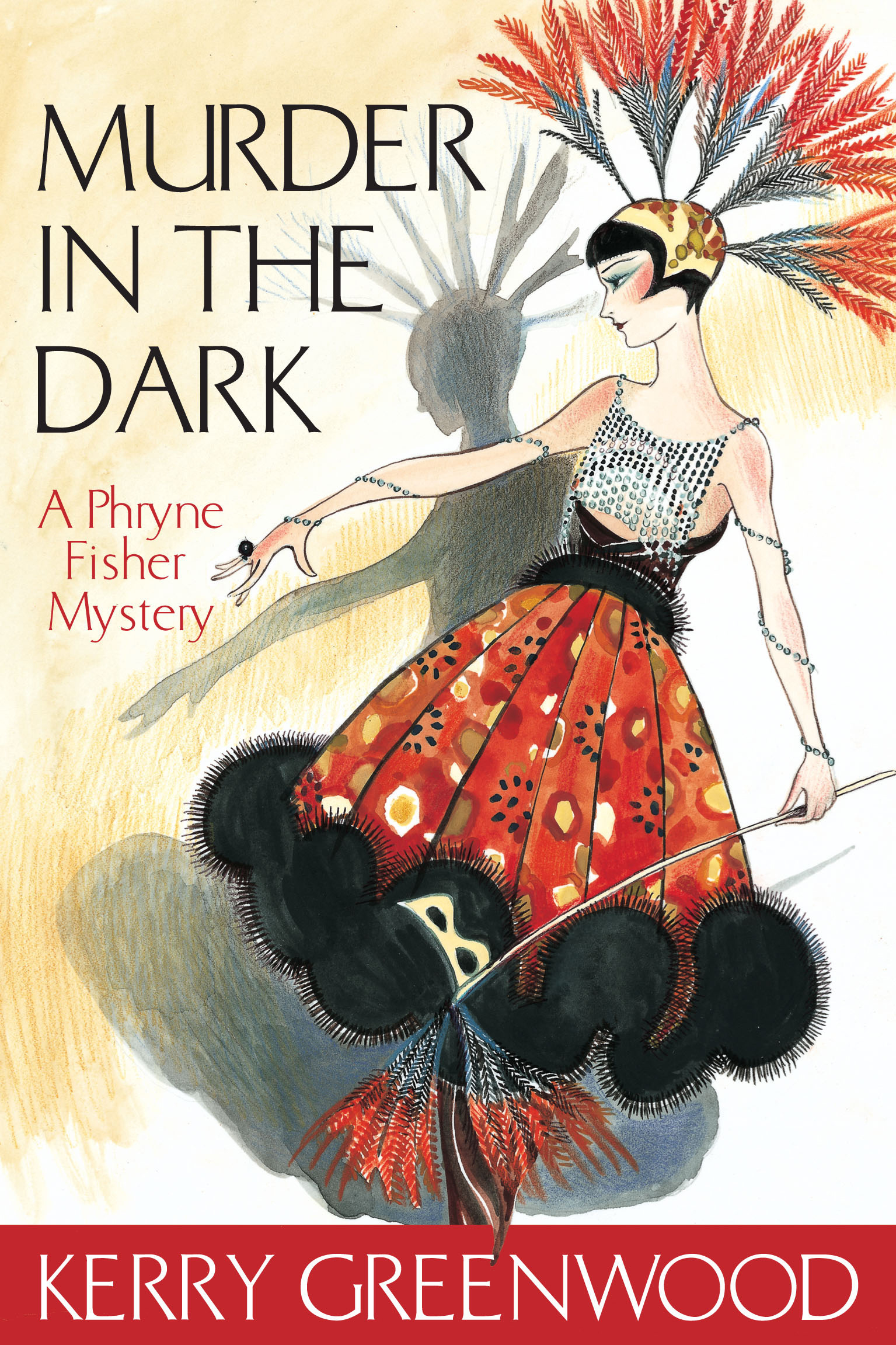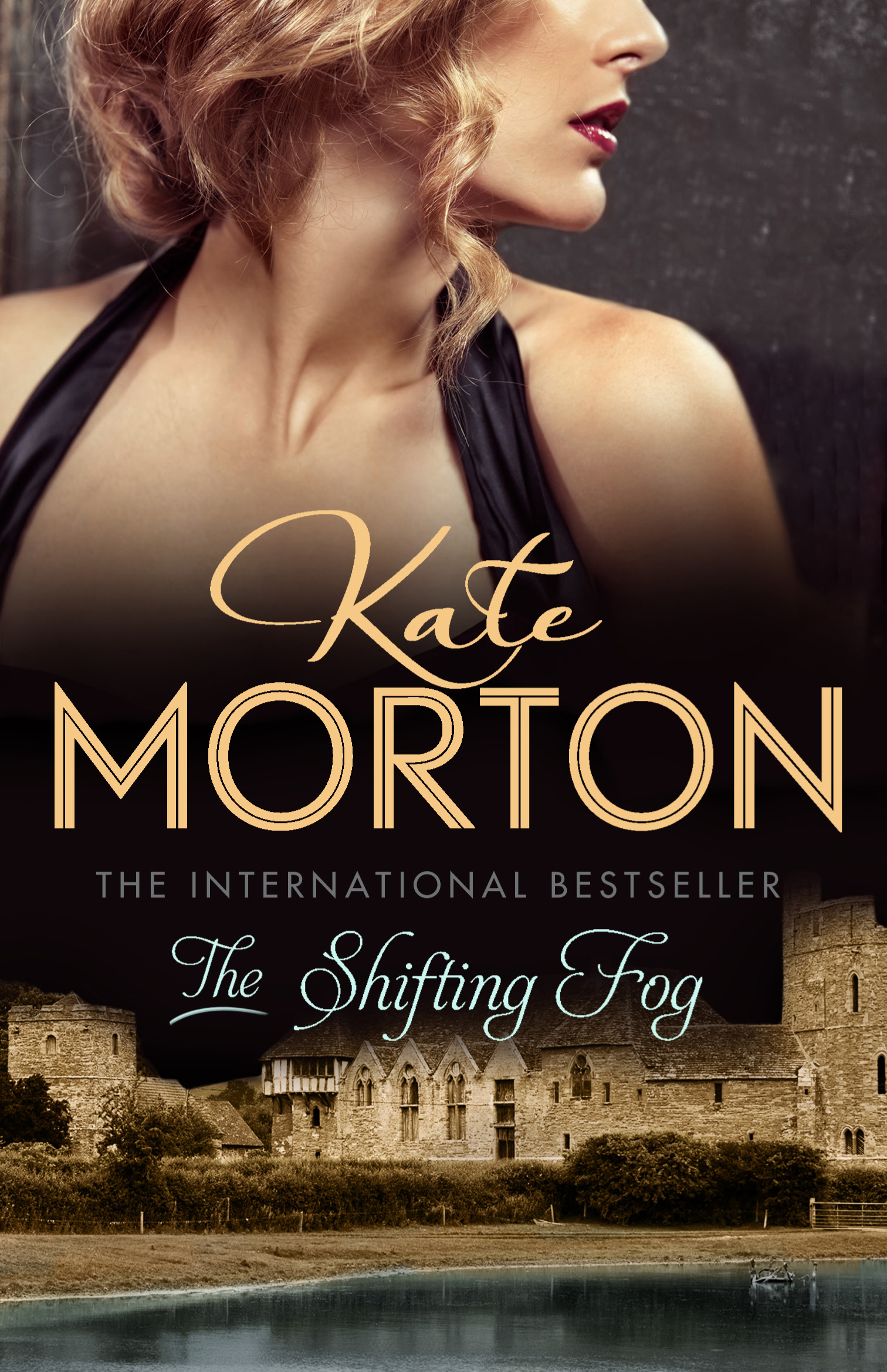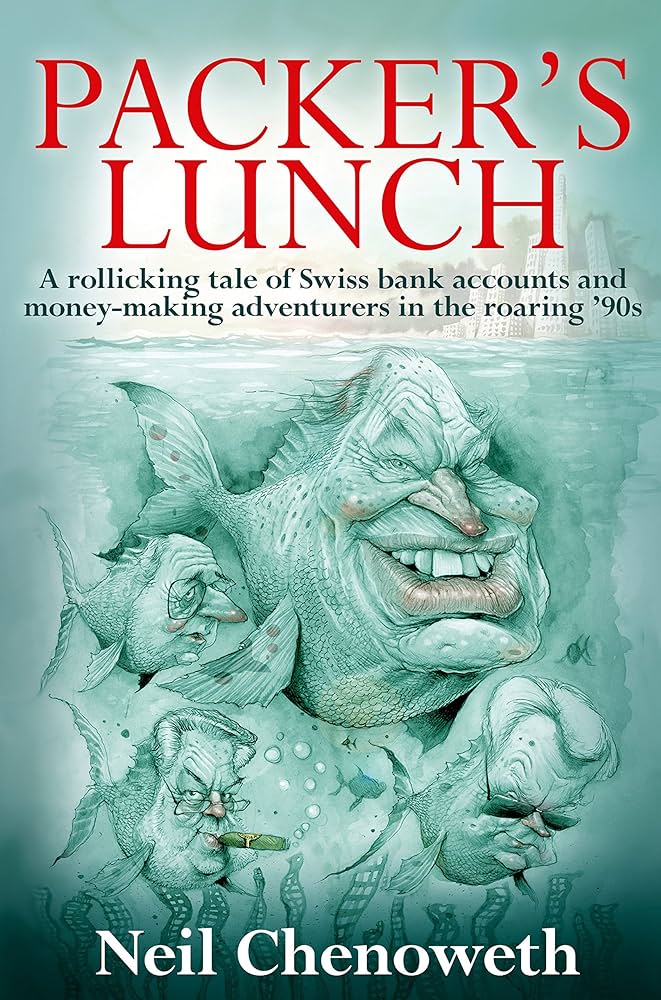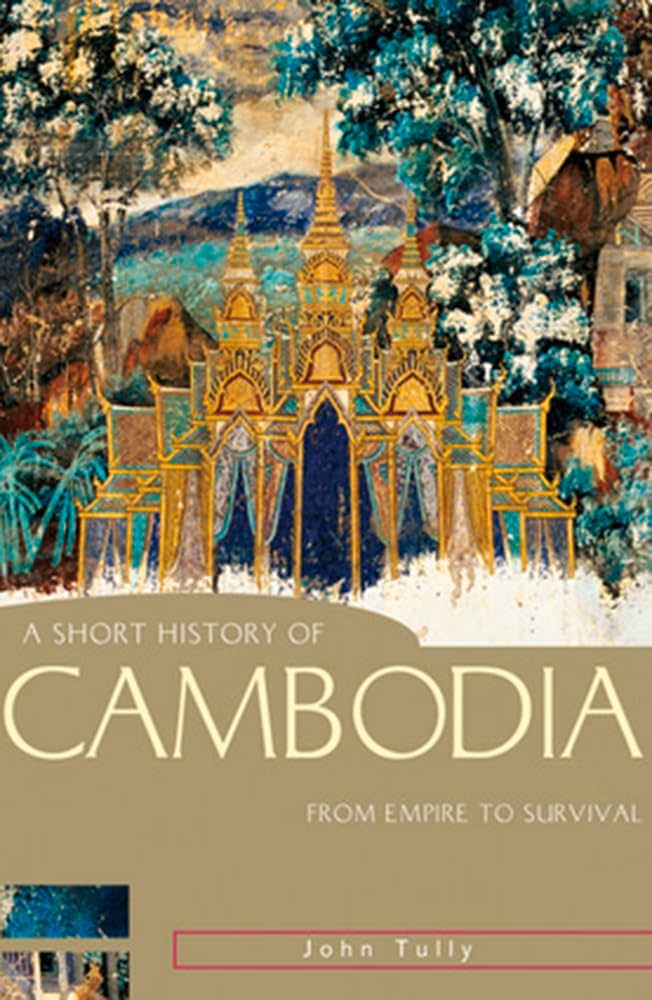Murder in the Dark is a worthy addition to the vast Phryne Fisher collection. Fans of this well-researched series will be pleased to rediscover the usual St Kilda cast, and will welcome the diverse, if not always likeable, supporting cast of profligate party-goers, polo-playing cowgirls, sultry American jazz musicians, rather luscious young men and the occasional goat.
Fisher, the waspishly slim, ever-fashionable and cunning detective, is endowed with looks as deadly as her pearl-handled Beretta. Despite holding a high social ranking in 1920s Melbourne, she enjoys breaking societal rules as much as author Kerry Greenwood does generic ones (using an unconventional figure as her heroine). If she were male, Fisher’s drinking, smoking, casual sex and choice of profession would be a less entertaining stereotype. Aficionados of the series will enjoy the latest misconstrual of Fisher’s behaviour and femininity: a male character always manages to underestimate her abilities, intelligence or openness to all members of society.
...
(read more)




